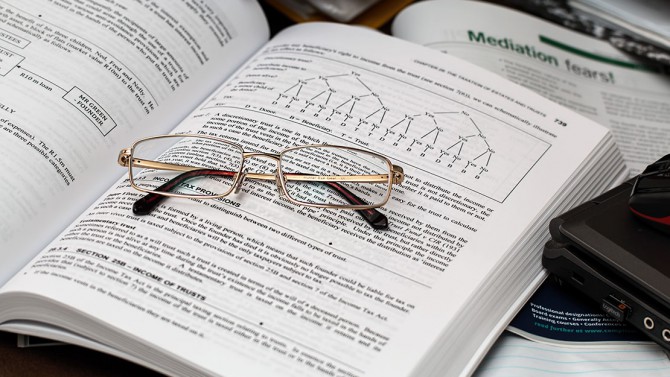
ผู้วิจัย
Karupakorn Laeid-on* , Arunrussame Sangsila
บทคัดย่อ
Abstract Purpose Profiting from agricultural waste and lowering production costs for farmers have been made possible by the incorporation of bagasse and local resources as a substitute for sawdust. Method The experiment was using a CRD. Follows: Bagasse 100 % Bagasse: Rice straw (25:75%) Bagasse: Rice straw (50:50%) Bagasse: Rice straw (75:25%) Bagasse: Giant mimosa (25:75%) Bagasse: Giant mimosa (50:50%) Bagasse: Giant mimosa (75:25%) Bagasse: Rice straw: Giant mimosa (25:35:40%) Bagasse: Rice straw: Giant mimosa (50:25:25%) Bagasse: Rice straw: Giant mimosa (75:15:10%) Rice straw 100% Giant mimosa 100% and Sawdust 100% (control) Results The highest average fabric expansion rate of 9.76 cm was generated by the bagasse to gigantic mimosa ratio of 75:15:10. Also, Para rubber sawdust had the lowest fiber rate of growth of 7.26 cm on average (100%). When evaluating mushroom proliferation, the 8th procedure to solve the bagasse: straw: giant mimosa (25:30:40%) gave the greatest average number of mushrooms per bag equal to 8.25. The technique that produced the lowest mushroom per bag of 100% of giant mimosa was 5.50, with diameter pileus ranging from 5.93 to 6.77 cm, and flower stripe length ranging from 3.12 to 3.75 cm. There was no statistical difference at the 95% confidence level according to the findings. Whenever biological efficiency (B.E.) was considered. Conclusion The results showed that bagasse: chopped straw: chopped giant mimosa (25:35:40%) would have a maximum value of 58.96%. Which was the best approach being the best for utilizing as material for growing mushrooms or introducing farmers. Keywords Bagasse, Giant mimosa, Mushroom cultivation, Para rubber sawdust, Rice straw







ความคิดเห็น